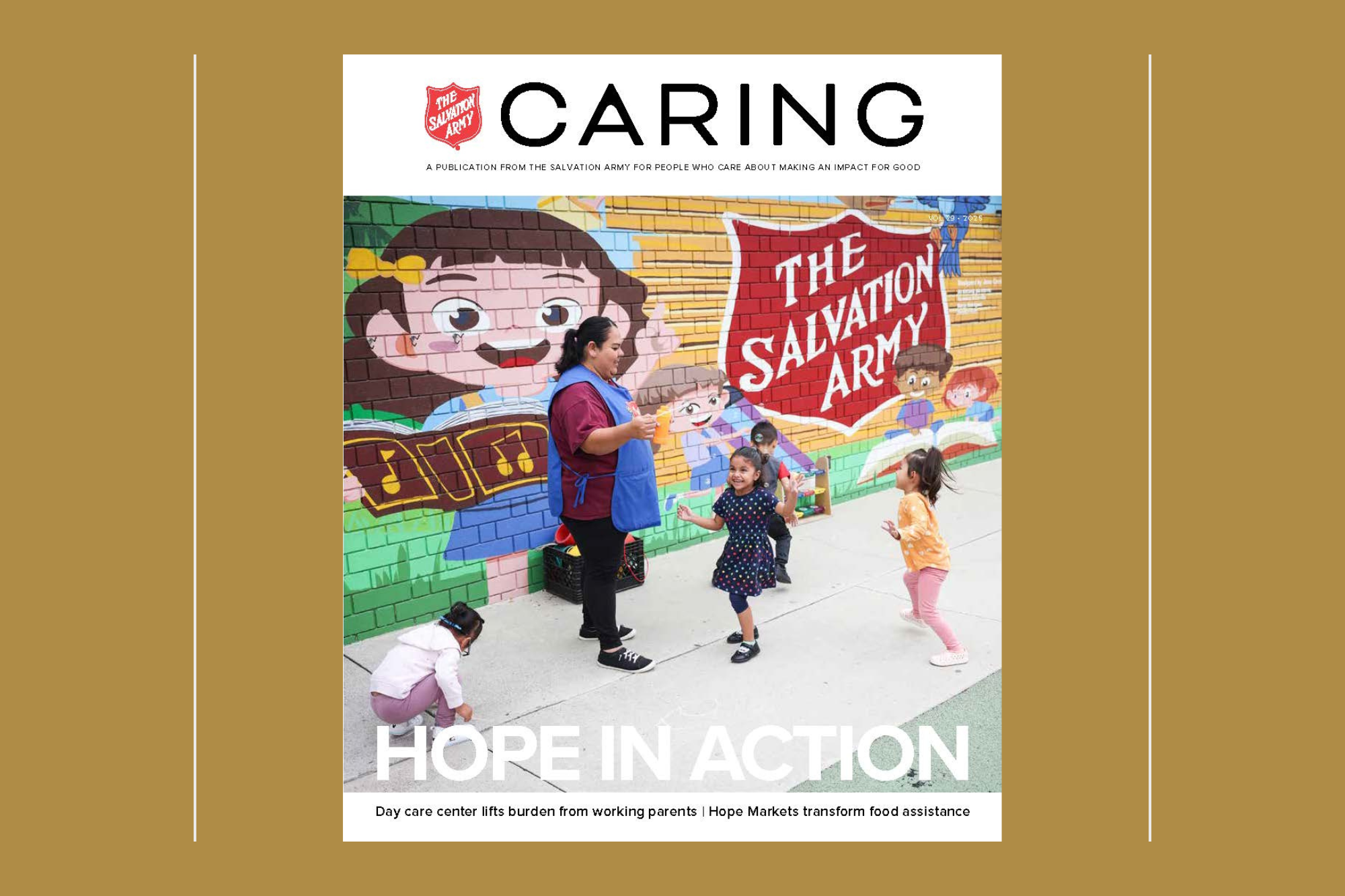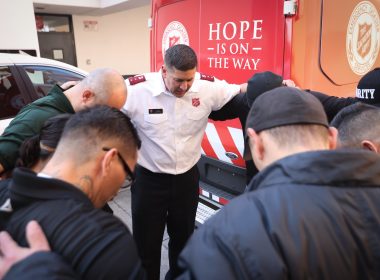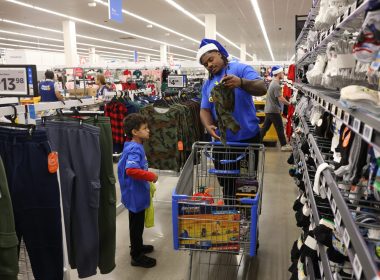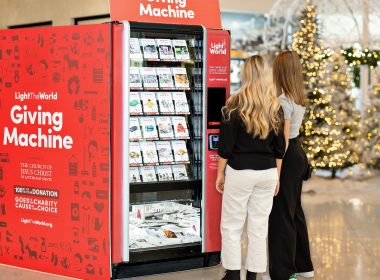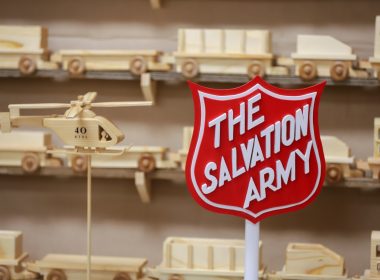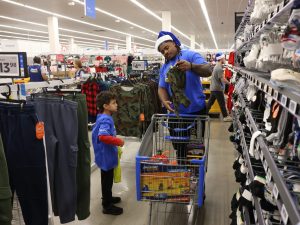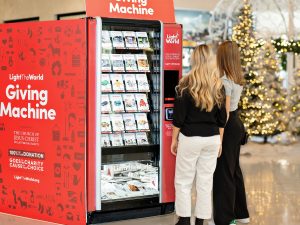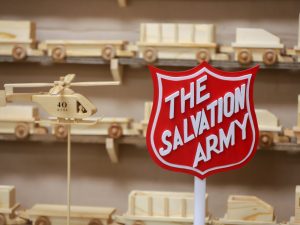What good is information if it’s not easily accessible to those who need it most? That’s the problem The Salvation Army Center for Applied Research and Innovation (CARI) and the Department of Housing and Urban Development (HUD) sought to solve through a recent collaboration that streamlined the user experience across HUD webpages.
The result? A simpler, more user-friendly website—and a 2025 “Service to the Citizen Award.”
The national award, which CARI was named as a co-recipient of in the “delivering excellence in digital services” category, honors “exemplary public servants who excel in delivering impactful services that positively affect the lives of the public.”
Other winners include leaders from the U.S. State Department, Department of Health and Human Services, and Department of the Treasury—all chosen by a selection committee composed of individuals who have held senior-level positions in government. The award will be presented in Washington, D.C. Sept.19.
“Receiving the 2025 Service to the Citizen Award is a powerful reminder of what’s possible when we center people in the design of public services. Our collaboration with CARI responded to an urgent need to make HUD’s state webpages easier to navigate, more responsive to the public and focused on helping people access reliable housing information quickly,” said HUD State Webpage Transformation Project Design Strategy Lead Dr. Mel Lee, reflecting her personal perspective and experience as a federal employee at the time of the project.
“Instead of relying on assumptions, we listened; especially to individuals with lived experience of homelessness and housing instability, including residents at The Salvation Army’s Center of Hope,” she said. “Their voices shaped every aspect of the redesign, from the words we used to how information was organized. HUD serves some of the most vulnerable people in our country, and this project showed that when we design with them—not just for them—we can create tools that truly meet their needs and help them get support more easily.”
Lee first connected with CARI Managing Director Ben Hurst while he was pursuing his doctoral work at the University of Southern California. Hurst said HUD was concerned about its national website and wanted to redesign it to better serve vulnerable populations, specifically those experiencing homelessness. The issue? HUD is not a service provider.
Conversations revealed CARI was an ideal collaborator for HUD’s website redesign project due to its placement on the Center of Hope campus in Anaheim, California, The Salvation Army’s 325-bed emergency shelter.
“The Salvation Army from the beginning has been synonymous with social innovation, and anything we all can collectively do that keeps the organization as an innovative thought leader in serving others in the 21st Century, that’s a huge deal,” Hurst said.
Hurst said CARI agreed to facilitate focus groups with volunteers from the Center of Hope shelter, along with individuals from another shelter The Salvation Army runs in Placentia, California.
In fall 2024, teams flew in from Washington, D.C. for several multi-day focus groups. CARI set up computer labs, which allowed the team to receive direct feedback from shelter guests on the website’s usability, following The Salvation Army’s protocols—participants were volunteers and received gift cards for their time and contributions to the project.
The team found over 2,400 outdated state webpages were preventing users—75 percent of whom faced housing insecurity and 35 percent were experiencing homelessness—from easily finding the resources they needed.
Using the findings from the focus groups, HUD was able to consolidate the sites into just 100 streamlined webpages. The move greatly reduced the number of clicks required to get help.
The revamped sites also include prominently displayed resource buttons along with a new “Need More Help” feature that connects site visitors directly to field offices, among other additions.
HUD was able to apply the findings to revamp the digital experience across all 50 states’ webpages. The result? Immediate, measurable impact. More than 17,500 service requests have been submitted via the new feature, with 95 percent resolved within 24 hours.
“This isn’t something you put on a mail appeal, ‘We helped redesign HUD’s website so more people could get help,’” Hurst said. “It’s a direct service to a really broken and vulnerable population that will result in high-impact help, and it’s such a testament to The Salvation Army that we collectively have a vision to be in that space as change agents.”
Do Good:
